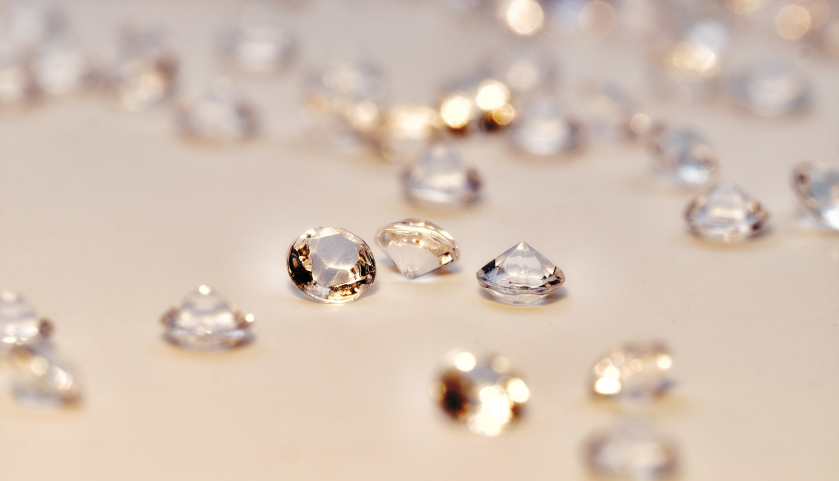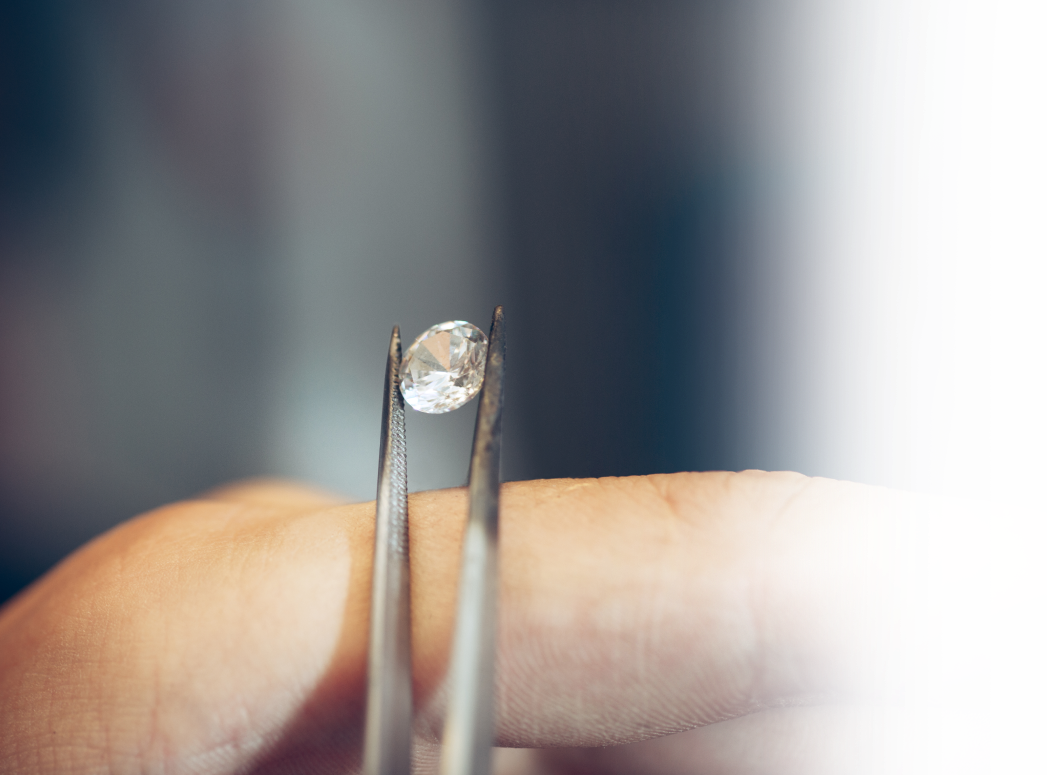WHAT ARE LABORATORY-GROWN DIAMONDS?
Laboratory-grown diamonds are increasingly available in greater quantities, higher quality and new colors at price points that many find attractive. It is no wonder then that laboratory-grown diamonds are a growing presence in the marketplace.


What are laboratory-grown diamonds?
Laboratory-grown diamonds have essentially the same chemical, optical and physical properties and crystal structure as natural diamonds. Like natural diamonds, they are made of tightly bonded carbon atoms. They respond to light in the same way and are just as hard as natural diamonds. The main differences between laboratory-grown and natural diamonds lie in their origin.
Laboratory-Grown Diamond Timeline
1950s
Union Carbide produces the first Chemical Vapor Deposition (CVD)
1952
Others produce diamonds using the high pressure, high temperature (HPHT) method soon after. These diamonds are used for industrial purposes, such as in telecommunications and laser optics and as abrasives and more
1970
General Electric researchers create the first gem-quality laboratory-grown diamonds. They are of high enough clarity and large enough size to be used in jewelry. GIA scientists publish the first scientific study of laboratory-grown diamonds in 1971.
Mid-1980s
Manufacturers grow commercial quantities of gem-quality laboratory-grown diamond crystals. These lab-created diamonds are initially mostly small and yellowish or brownish in color, but their quality improves over the ensuing decades.
2000s
Gem-quality diamonds are created using the chemical-vapor deposition (CVD) method, which requires lower pressures and temperatures than the HPHT method.
Mid-2010s
Colorless laboratory-grown diamonds are available in the jewelry market in commercial quantities. Both HPHT and CVD continue to be popular methods of laboratory-grown diamond production
How are laboratory-grown diamonds made?
There are two main processes used to create laboratory-grown diamonds:

01
High pressure, HIGH
TEMPERATURE (HPHT)
With this method, laboratory-grown diamonds are produced using high-pressure, high-temperature conditions similar to what natural diamonds experience in the earth. HPHT diamond growth occurs at pressures of 5–6 GPa (roughly equivalent to the pressure exerted by a commercial jet airplane if balanced on the tip of a person’s finger) and at temperatures of 1300–1600°C.
Lower-quality diamonds, whether natural or laboratory-grown, can also be put through the HPHT process to improve color. In addition to making diamonds more colorless, this process can also be used to change the color of diamonds to pink, blue or yellow. The diamond would then be called a “treated” diamond. This is disclosed in GIA reports.
02
CHEMICAL VAPOR
DEPOSITION (CVD)
This technique enables scientists to grow laboratory-grown diamonds using moderate temperatures (700°C to 1300°C) and lower pressures. Carbon-containing gas is pumped into a vacuum chamber and deposits onto a diamond seed, crystallizing as laboratory-grown diamond. The eventual size of the diamond depends on the time allowed for growth.
